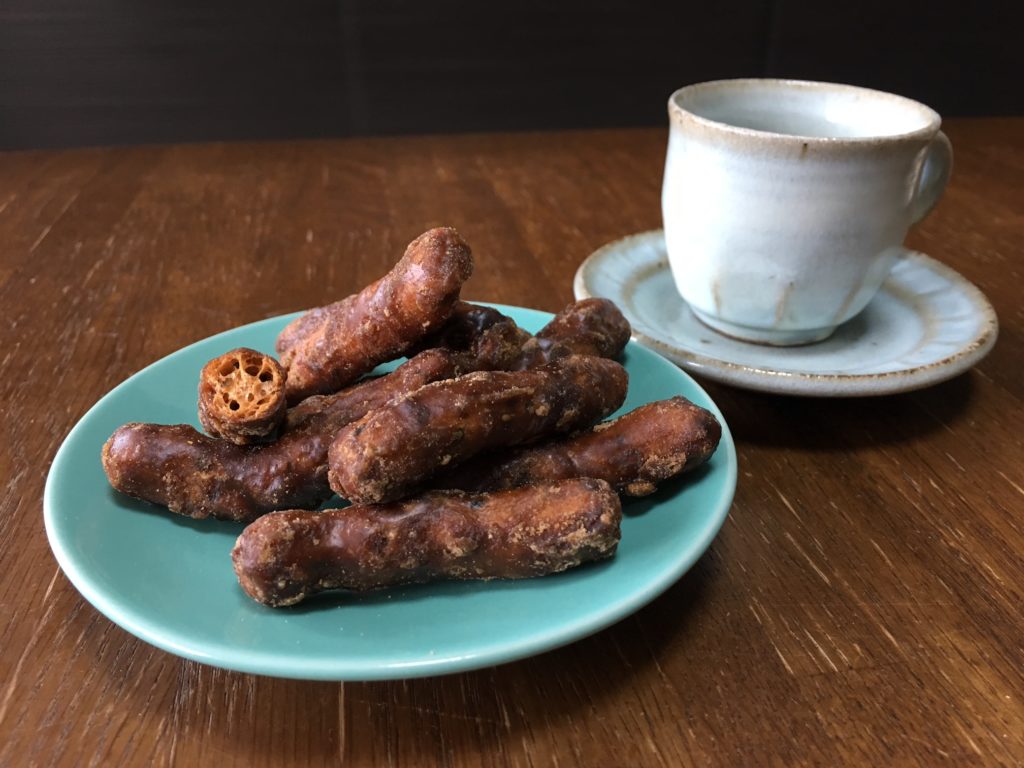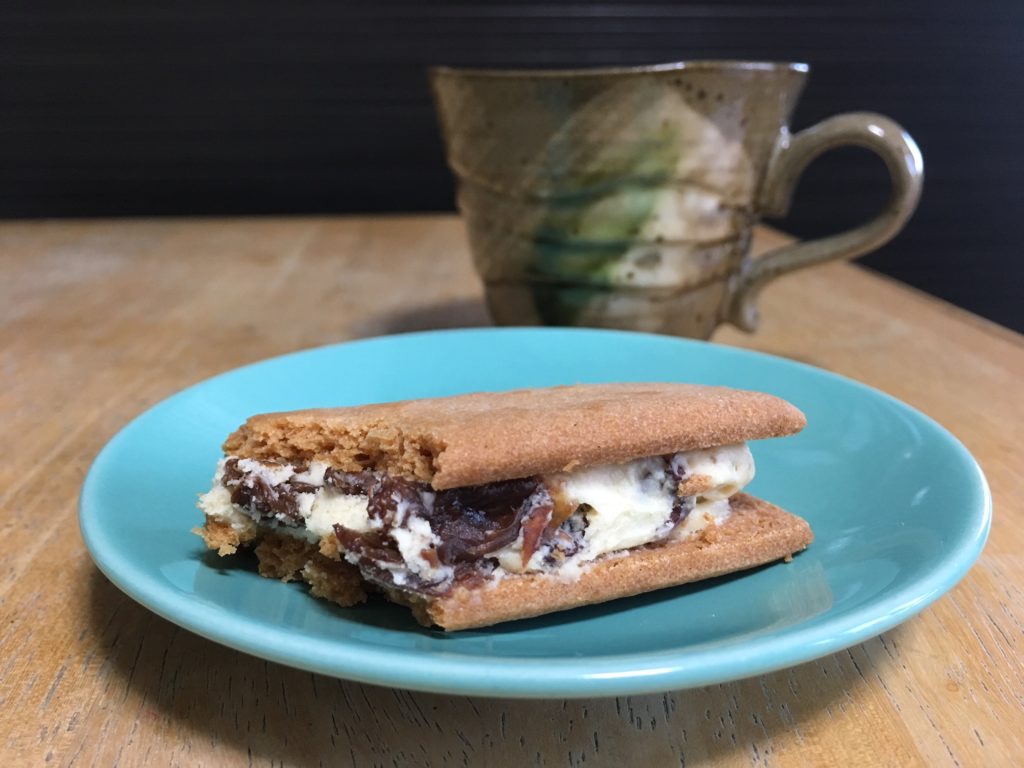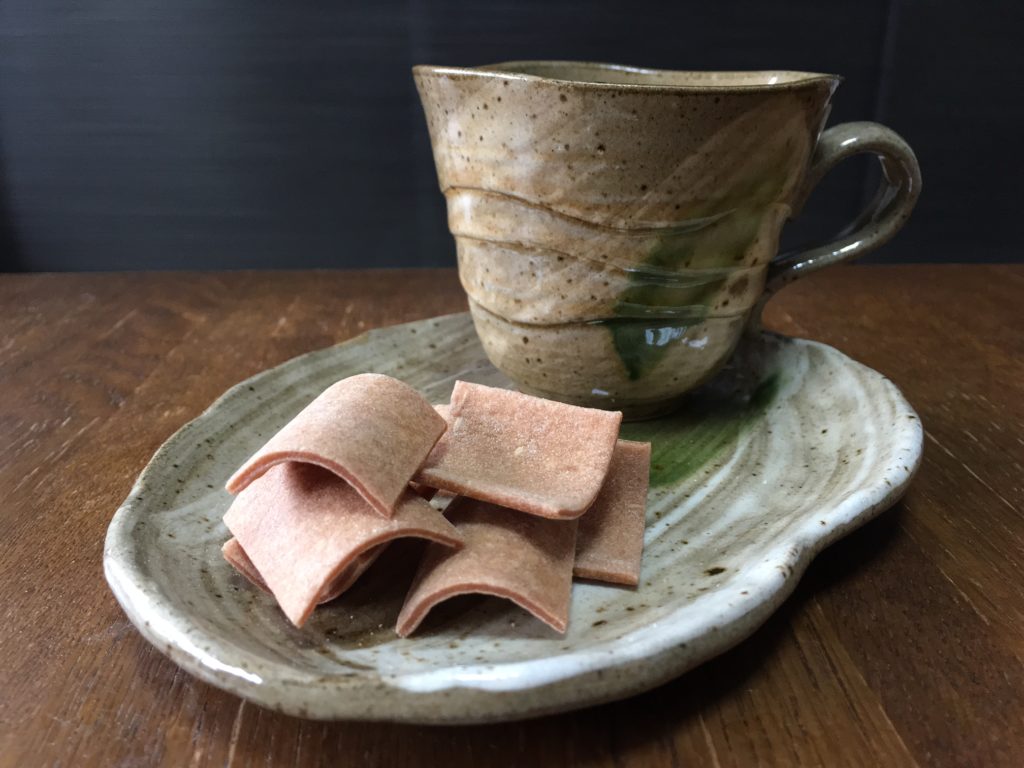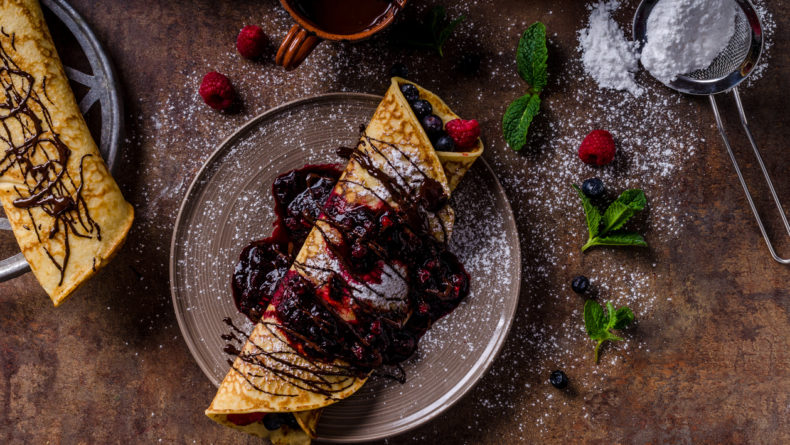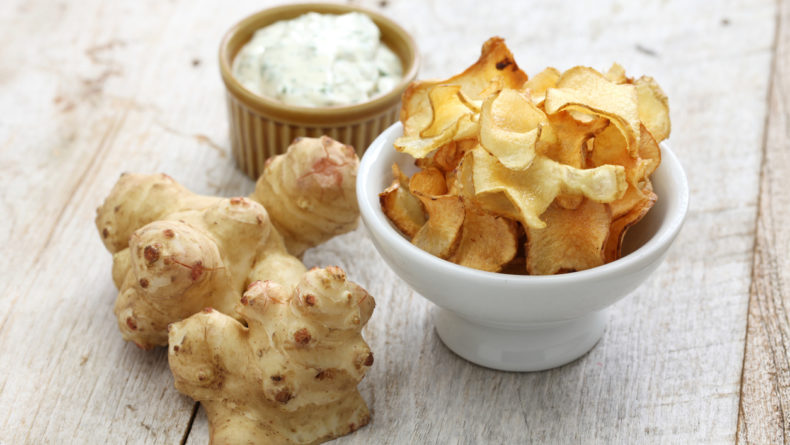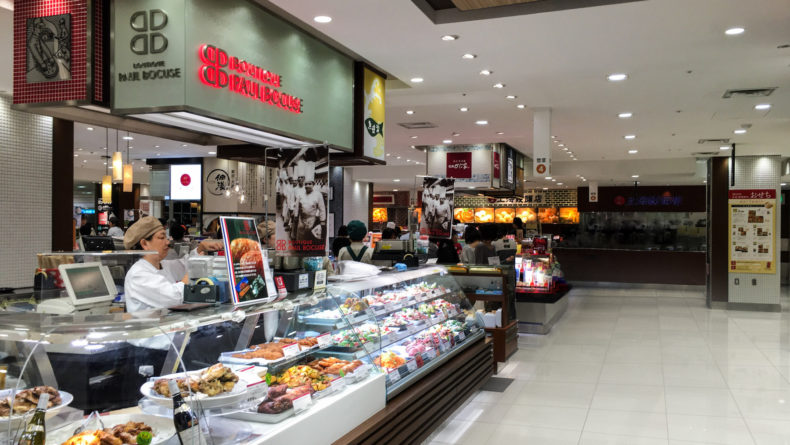5 Classic Japanese Sweets To Enjoy With Your Coffee
The Perfect Pairs For Your Afternoon Java Break
Coffee and karinto is the new honey and milk.
Rich in texture, refinement, and centuries-old techniques of pleasing the sweet tooth of its people, the world of Japanese traditional sweets offers so much to explore. Here are five classic Japanese sweets that you may have never thought would go well with coffee—but I assure you they do and invite you to try for yourself. Once you’ve had a taste, you might be snacking a bit more than sipping on your freshly brewed java.
Kurobo (黒棒)
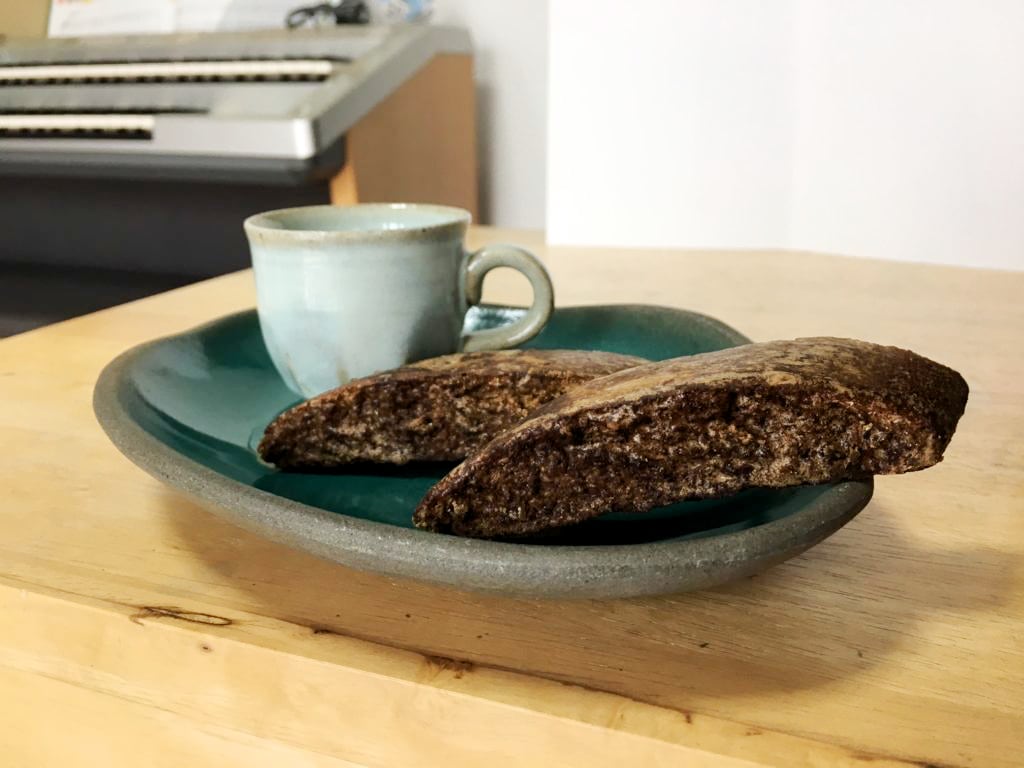
Literally translated as “black stick,” this traditional snack from the Kyushu region uses raw sugar, eggs, and flour to create a sublime partner for a strong coffee. Basically like a stick of sponge cake that has absorbed raw sugar, Kurobo remains soft and aerated on the inside though its exterior is covered in a crisp sugar coating. This is the perfect Japanese sweet for dunking, especially into a strong cup o’ joe where the bitterness will balance the deep, rich sweetness of the raw sugar. The contrast of crispy exterior and soft, foamy interior makes each bite a textural joy. Although it won’t win any beauty contests, kurobo wins my vote for best Japanese coffee partner.
Where to buy: In the regional treats section of supermarkets and department stores.
How much: Around ¥300 for a pack of 10.
Karinto (カリントウ)
Another unfortunate-looking and sticky traditional snack is the karinto, which are deep-fried sticks of a mix of flour, yeast, water, salt, baking soda, and sugar—sometimes raw sugar, sometimes white, sometimes with honey. The deep-frying creates a heady roasted scent and flavor, especially in raw sugar varieties. It takes a good bite to break the thick sugary shell, which later creates a nice bit of chew, and despite all that sugar, the sweetness is a mild one. These are definitely worth sneaking into a cafe to nibble on while sipping on the some of the best coffees that Tokyo has to offer.
Where to buy: At any supermarkets and convenience stores in all shapes, kinds, and flavors.
How much: Around ¥250 a pack.
Manju (饅頭)
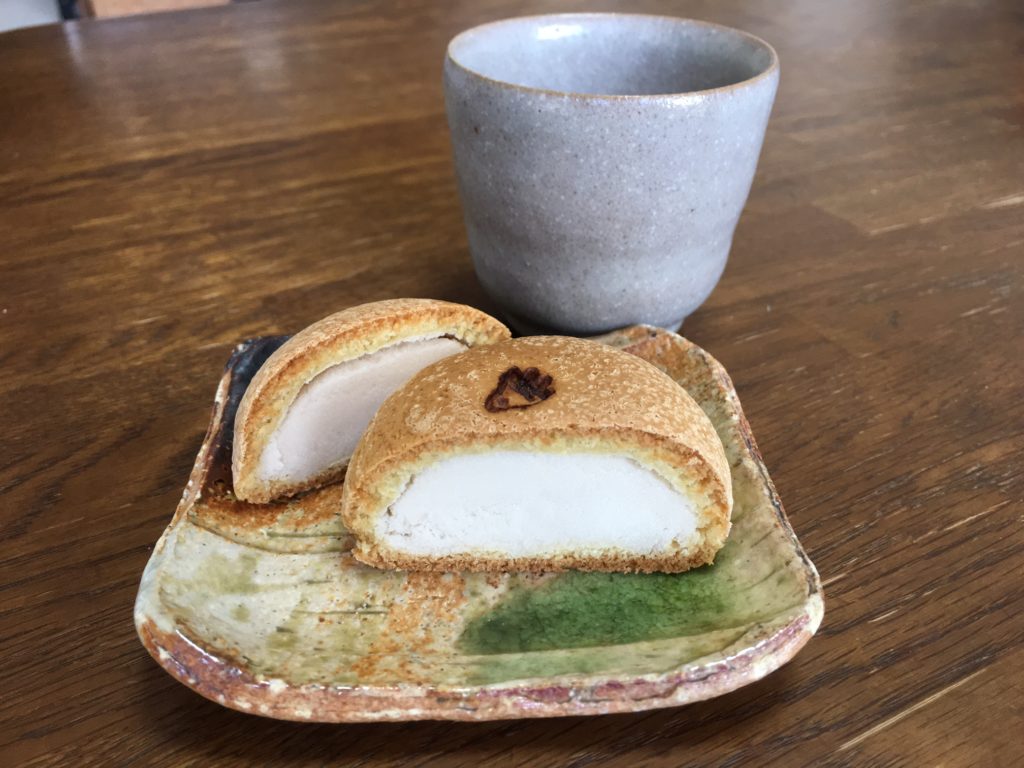
Typically manju are a small, roundish sweet that’s made from a dough using flour, baking powder, sugar, and water to encompass a boiled paste of sugar and azuki beans. This red-bean paste has scared many foreigners away from traditional Japanese sweets and particularly the manju but fear not—there are alternatives.
One of the most approachable of those is offered by Chidoriya, a traditional sweets shop, which coats its signature manju (¥140) in castella, the honeyed sponge cake introduced to Japan by Portuguese merchants in the 16th century. The internal bean paste, or anko, is made of sweetened white beans. These lighter shades of anko are typically a smooth paste, unlike the red one which can also come in a chunky style that contains whole azuki beans. The castella skin turns the old school manju into a true cake-like pleasure, while it also adds a decidedly cross-cultural experience where the casing meets the bean paste and creates a wonderful chewy texture within what is overall a light and refined eating experience.
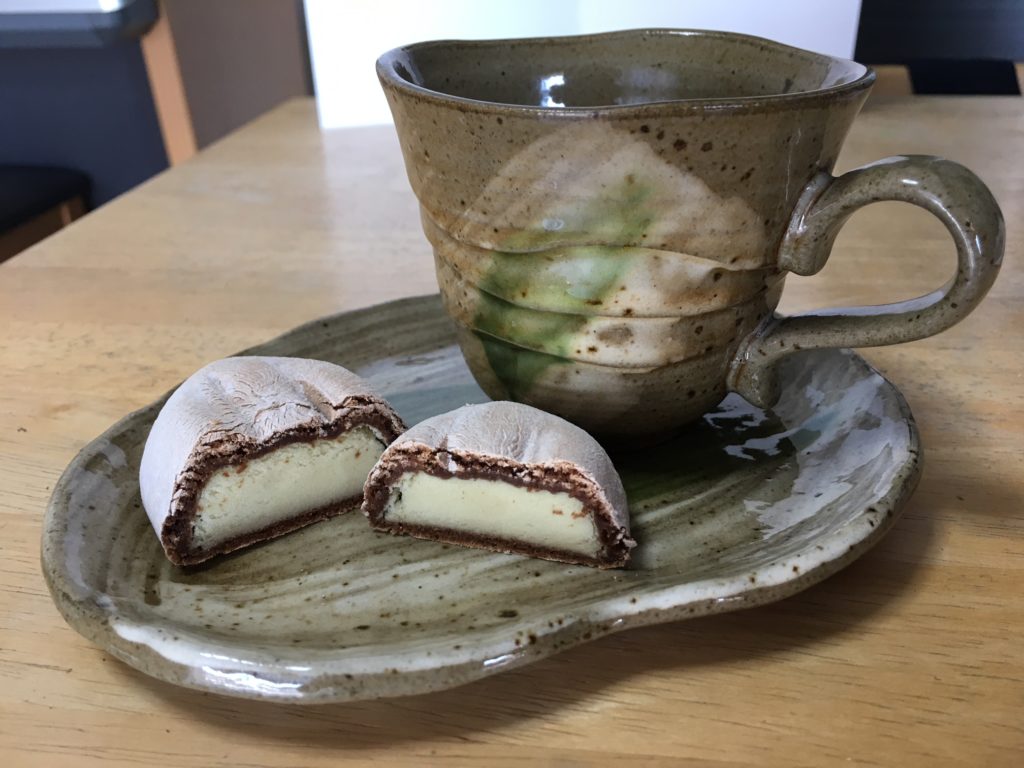
The textural joy of Chidoriya’s age-old technique is also perfected in its Sumidagawa manju (¥162). An upgraded manju, it contains the slightly richer yellow anko which contains eggs in the mixture for a slightly richer flavor, and has an added cinnamon spice to the outer layer. Crusty on the outside, fluffy on the inside, and chewy where these layers meet, a perfect traditional sweet to experience all food textures.
Where to buy: At any of the brand’s stores, including those close to Komagome, Sugamo, and Nishi-Nippori stations.
How much: A single manju is about ¥100-¥200
Marusei Butter Sandwich (マルセイバターサンド)
Although Western in nature, these sandwich delights make this list because they are made in Hokkaido by the Rokkatei confectionery company using local flour and butter, and because of the sheer decadence of these treats that makes them impossible to ignore. Fresh butter, white chocolate, and rum-soaked raisins are mixed together to create the melt-in-the-mouth indulgent cream sandwiched between two soft cookies weighing in at 165 kilocalories each—about the same as a slice of bread. The soft cookies that sandwich the velvety cream are made from Rokkatei’s original flour which creates a slightly grainy texture, but it’s the generous serving of juicy raisins within the cream that gives this treat its balanced and satisfying bite. This one should make it to everyone’s Japanese treats bucket list—it’s simply that good!
Where to buy: Rokkatei’s online shop (in Japanese); select food stores and Hokkaido goods stores, such as the one at the Ikebukuro Shopping Park (ISP).
How much: ¥500 for a pack of four.
Yatsuhashi Cinnamon Cookies (八ツ橋シナモンクッキー)
Good old Kyoto brings us the much simpler treat of the yatsuhashi cookie. These tile-shaped bites are made from rice flour, sugar, and cinnamon. That mixture is steamed, then flattened and baked to create a crunchy and mildly sweet treat that is rich in the flavor and aroma of cinnamon. These are kid-friendly and provide a good workout for one’s jaw. A longer version in the same curved shape is also available. The word ‘yatsuhashi’ is also used to describe the more modern and non-baked version of this dough, which is more accurately known as nama-yatsuhashi, or raw yatsuhashi, as well as a bean paste-filled, triangular version of that.
Where to buy: At most grocery and select food stores.
How much: Around ¥200 for a 150 g bag.
What are your favorite coffee-time Japanese sweets? Share your top Japanese treats in the comments!

